The European Union’s position as a leader in sustainability and environmental protection is coming into question with the bloc’s recent programs and policies mainly, the new Farm to Fork strategy and the updated Common Agricultural Policy. On the one hand, the EU faces criticism from non-governmental organizations and scientists regarding the extent to which policies are actually “green” and on the other hand they also face pressures from farmers and cooperatives who are concerned about the implications of policies on farmers and production. Additionally, there is cause for concern about the impact on agricultural production and food security in developing countries. Since contemporary agriculture is not a closed autonomous system, rather one where policy changes create shifts in agrarian markets that ripple across all sectors and throughout the global economy, and Europe has one of the world’s largest agriculture industries, it is imperative to evaluate the current trajectory of green agricultural policies in order to identify if, when and how this will cause a shift in agricultural practices and markets globally. The question is, are Europe’s efforts to make agriculture sustainable genuine or is there a glass ceiling on reforms? And what could this mean for developing countries that are just starting on the sustainability path?
European Agriculture’s Impact on Global Ecosystems
European diets contain high shares of animal products, stimulants and processed foods which rely on several commodities, such as oilseed meal used to feel livestock, that are imported at low prices from developing countries. The EU is then able to export surplus animal products, among other food staples such as wheat, to developing countries and undercutting domestic producers. As a result, the capacity of these countries to feed themselves in the long run is undermined and their dependence on Europe and other exporters increases.
At the same time, the EU is the second-largest importer of agricultural commodities that contribute to deforestation, mainly soy and palm oil. Whole ecosystems that contribute to the EU’s soy supply, such as Brazil’s Cerrado and the Gran Chaco in South America, are now facing conversion as a result of growing deforestation. The European agri-food trade therefore contributes to both increased food insecurity and environmental degradation in developing countries.

In 2020, the Middle East and North Africa were among the major growth destinations for EU agri-food exports (alongside China and Switzerland). Now, with the war in Ukraine and the resulting uncertainty of crop yields, food security is at risk in both regions as well as in sub-Saharan Africa. One European Commission official stated that Europe will likely not be able to produce as much grain as it has in past years. Food inflation has already risen rapidly and created a domino effect especially in countries like Lebanon which now actually receives food aid from the EU.
The New CAP – Greener for Who?
The EU’s distinct Common Agricultural Policy (CAP) was formed in 1962 and has since regulated more than 90% of the bloc’s agriculture. The CAP, which to date consumes the largest share of the EU’s budget, is primarily aimed at ensuring Europe’s food supply. However, the policy has gradually attempted to shift more towards acknowledging and accounting for the position of agriculture within wider social and environmental interactions as opposed to narrowly focusing on food production.
According to the EU Commission, the new 2023-2027 CAP aims at supporting the “transition towards more sustainable systems of food and farming, in line with the European Green Deal.” However, according to a recent joint report by BirdLife Europe, NABU, and the European Environmental Bureau, the policy is not as green as it is claimed to be. A number of details show that it fails to address or change the EU’s unsustainable model of food production and consumption. In fact, many of its components continue to reinforce the current system. Most significantly, particularly for global food systems, is that it does little to minimize Europe’s oversized livestock sector. Under the new CAP, environmentally harmful subsidies will continue to be allocated including €17.4bn going to “coupled income support”, 70% of which has been allocated to the livestock sector. As mentioned previously, the livestock sector heavily depends on imports of soy from developing countries. The figures below show the impact of exported deforestation on Brazil, Argentina and Paraguay, who are among the top 5 exporters of soy globally, as well as the impact of oilseeds (which soy is categorized under) on annual global tropical deforestation.
Farm to Fork – Not Quite There Yet
Meanwhile, the Farm to Fork Strategy, also under the Green Deal, was first proposed in May 2020 with the aim of supporting its objectives by creating the necessary changes in the agricultural system and how food is produced and provided to EU consumers. This also included emphasis on supporting research for alternative protein feed sources to reduce dependence on oilseeds, which threatens food security, and combat deforestation and forest degradation linked to agriculture. However, with the war in Ukraine heightening uncertainty about oilseed stocks (Ukraine being one of the largest suppliers to the EU) and food and energy security in general, many of the strategy’s reforms seem to be stalled. According to a leaked high level document, many of the most ambitious reforms, including the target of cutting pesticide use by half by the end of the decade, are still sensitive among member states who are wary of the consequences on production and backlash from farmers. Other initiatives were also revealed to face political resistance including legislation for higher animal welfare standards, a proposal to create a “nutrient profile” for sugar and fat contents in products and a potential new food sustainability label were identified. Additionally, potential opposition from trade partners due to import restrictions was also a political consideration within the Commission.
Protecting the Environment or Trade?
Critiques of the CAP and the Farm to Fork Strategy thus far point to the conclusion that Europe’s efforts to improve the sustainability of their agricultural industry and reduce environmental harms are beyond insufficient. And yet, many policies that often come at the expense of other countries are still enacted despite there being a clear double standard. A perfect example of Europe taking “leaps” towards sustainability while disregarding the wellbeing of other countries is its ban of hazardous chemicals used in agriculture, chemicals that European manufacturers continue to sell in developing countries. This does not only expose people in those countries to toxic chemicals but also has a boomerang effect, as shown below, when exports from developing countries end up on European tables or now, more likely, are rejected due to stricter Maximum Residue Levels (MRLs) which are subjected to criticism for their inconsistence with international trade measures.

In parallel to this, the EU is in the constant process of “strengthening development cooperation” in order to increase productivity and sustainability in many of the same countries or regions from which it imports cheap commodities and exports deforestation or pesticides. This is, essentially, placing a band-aid on a much deeper wound in the system. If the bloc continues to address the symptoms of its policies without making the difficult decisions that are necessary to reverse the damages, it risks contributing to more serious threats not only to global food insecurity but also to its own. Finally, if Europe is still prioritizing its food supply over the environment, how can it be in a position to set international standards for sustainability?
References
Ruiz Murazo, J. “Europe Eats the World: How the EU’s Food Production and Consumption Impact the Planet.” WWF, May 2022. https://www.wwf.eu/?6642391%2FEurope-eats-the-world
Rose, Sunniva. “Food Affordability in MENA Region Will Become More Problematic, EU Official Says.” The National. The National, January 28, 2023. https://www.thenationalnews.com/world/europe/2023/01/27/food-affordability-in-mena-region-will-become-more-problematic-eu-official-says/
Sommer, Bernd, and Andrea Hain. “Europe as a Green Leader? A Brief Evaluation of Both the European Union’s Climate and Energy Policy and Common Agricultural Policy.” Culture, Practice & Europeanization 2, no. 2 (2017): 33–45. https://doi.org/10.5771/2566-7742-2017-2-33.
Nemcová, T., and C. Nyssens-James. “New CAP Unpacked and Unfit.” BirdLife, December 2022. https://www.birdlife.org/wp-content/uploads/2022/12/New_CAP_Unpacked.pdf
Midler, Estelle, Juliette Pagnon, and Jean-François Hulot. “Reducing European Fertiliser and Feed Dependency through the CAP.” IEEP AISBL, May 18, 2022 https://ieep.eu/publications/reducing-european-fertiliser-and-feed-dependency-through-the-cap
Wax, Eddy. “From Farm to Flop? Political Risks Choke EU’s Green Food Plan.” POLITICO. POLITICO, January 6, 2023. https://www.politico.eu/article/blocked-and-delayed-political-risks-choke-eus-green-food-plan-farmers/
Bollmohr, Silke, and Layla Liebetrau. “The Pesticide Double Standard.” Project Syndicate, November 7, 2022. https://www.project-syndicate.org/commentary/highly-hazardous-pesticides-double-standard-european-bans-by-silke-bollmohr-and-layla-liebetrau-2022-11
Fresh Plaza. “New Pesticide Usage Norms to Impact Agri-Exports from Developing Countries.” Fresh Plaza, November 1, 2022. https://www.freshplaza.com/europe/article/9474041/new-pesticide-usage-norms-to-impact-agri-exports-from-developing-countries/
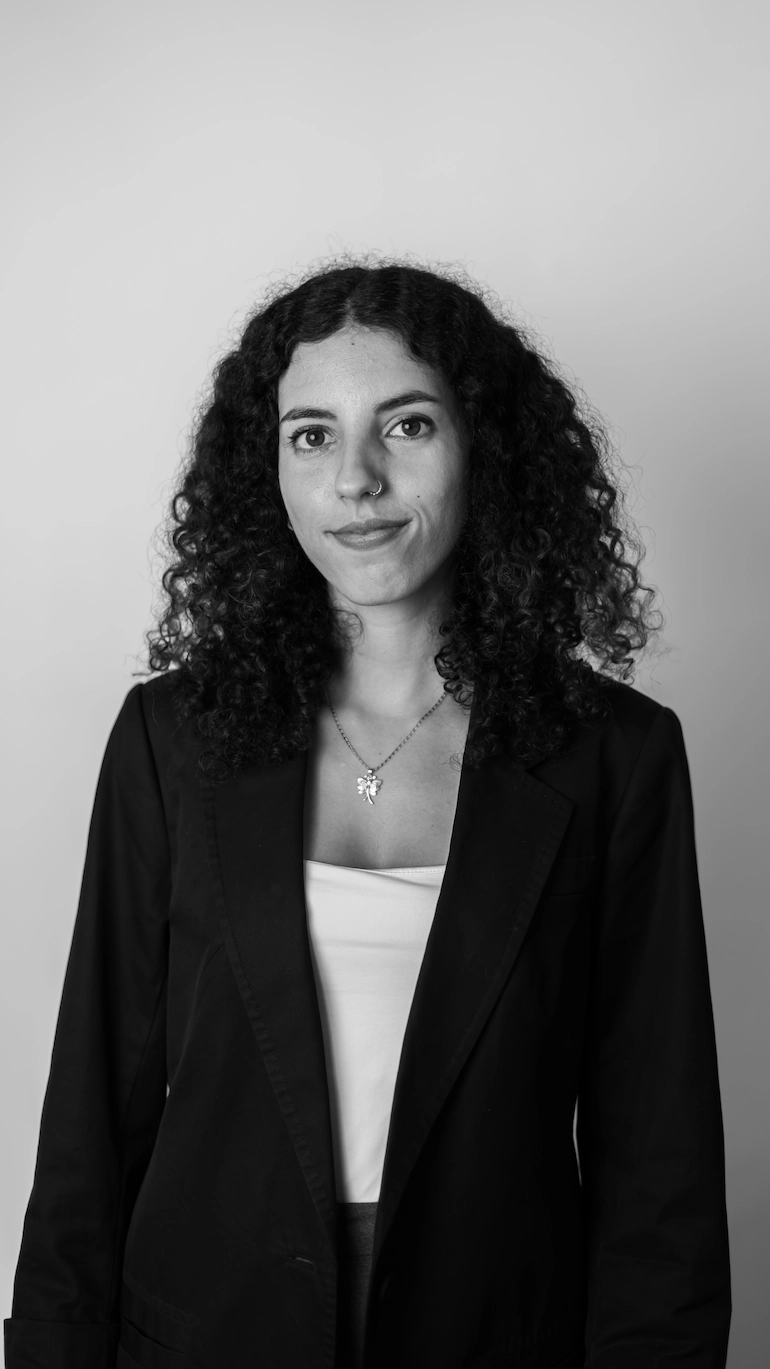

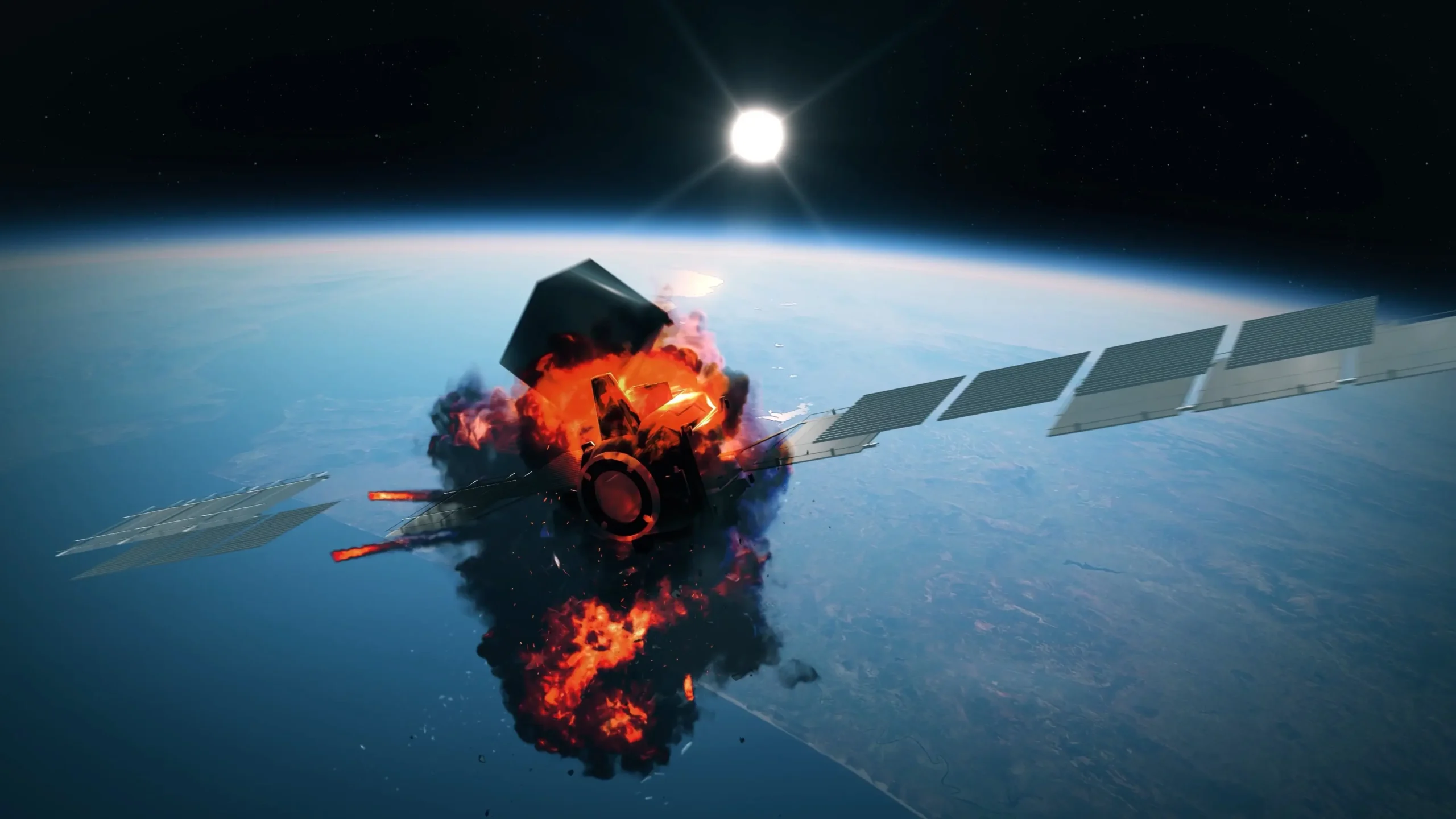
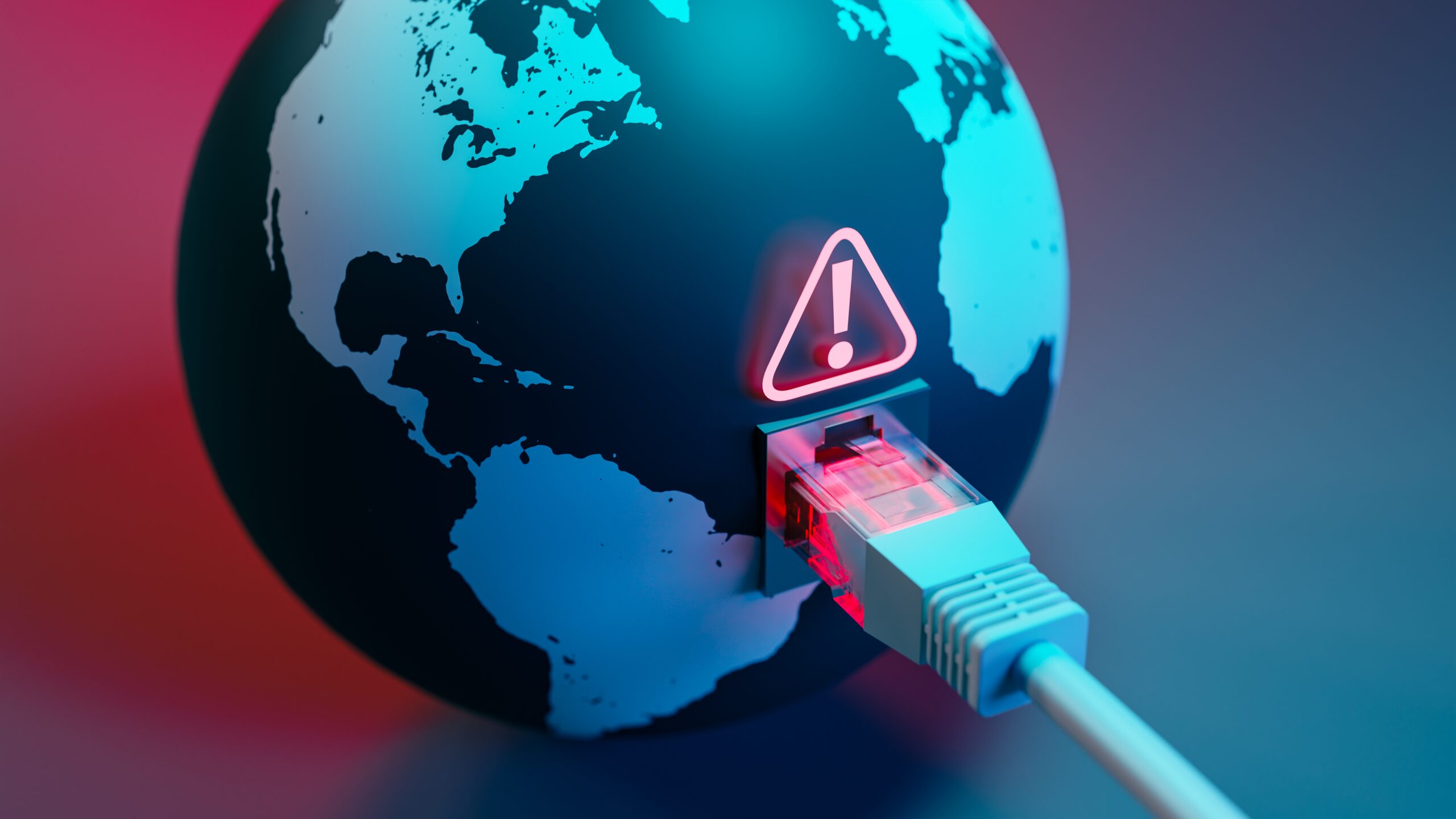
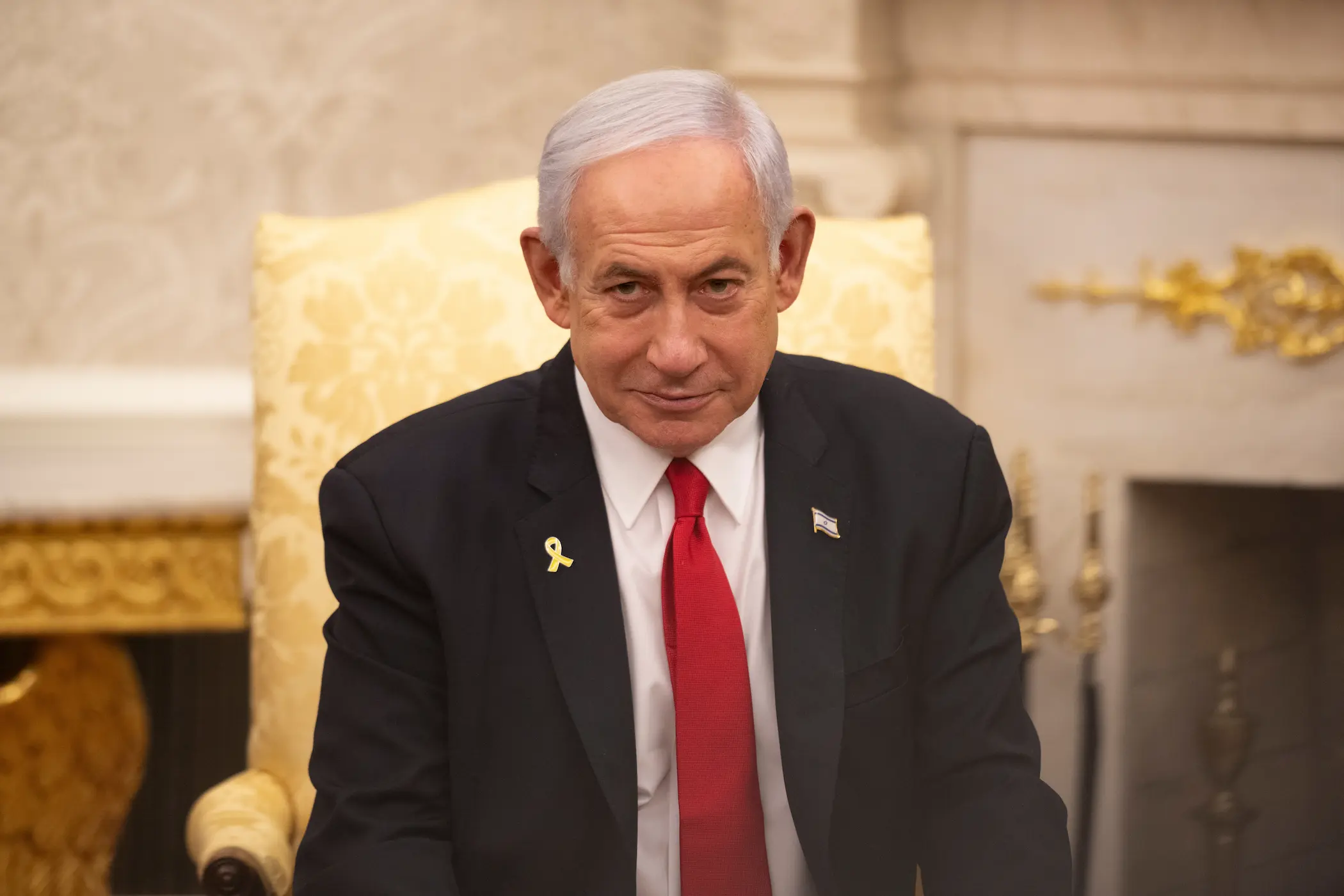
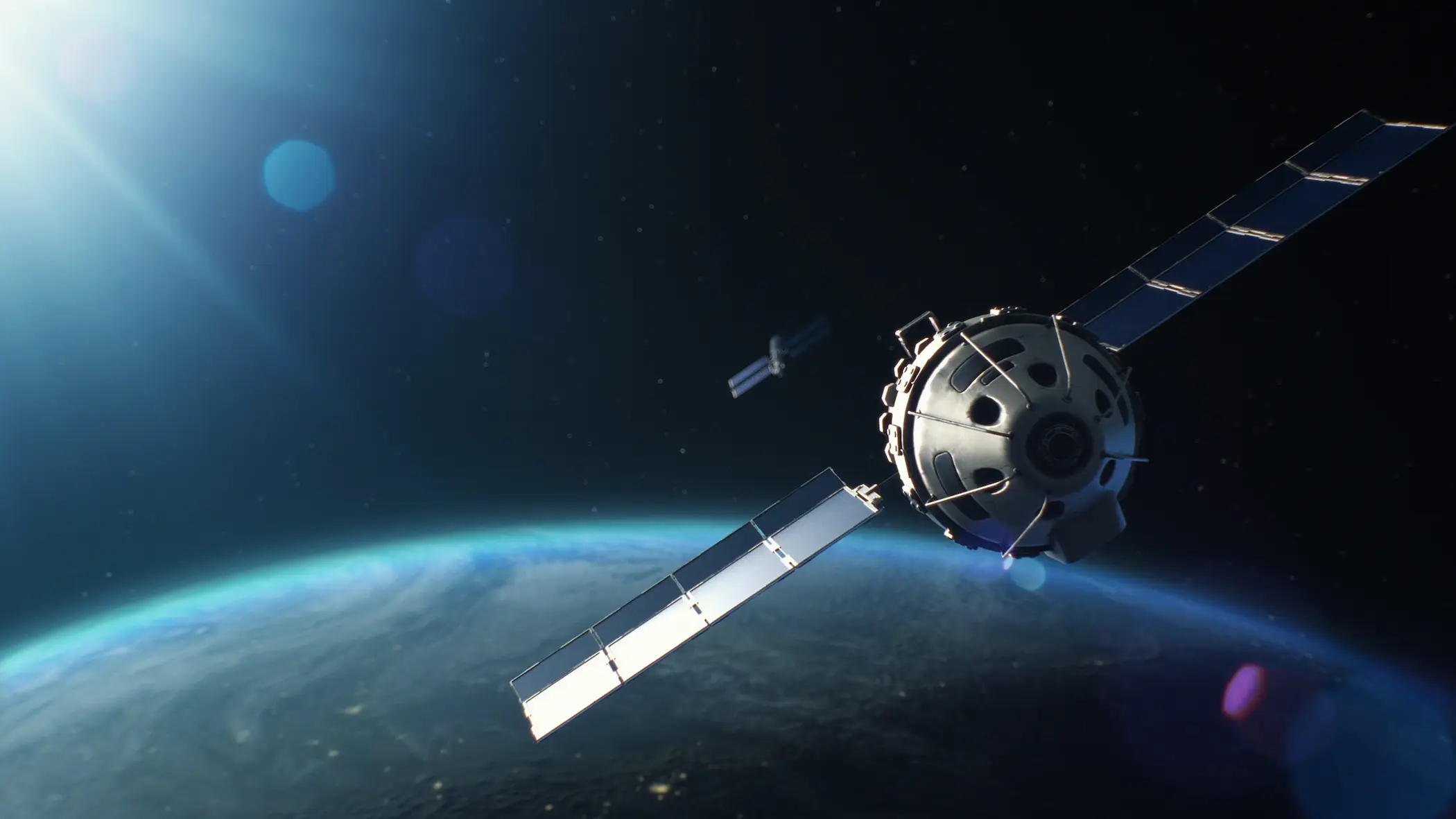
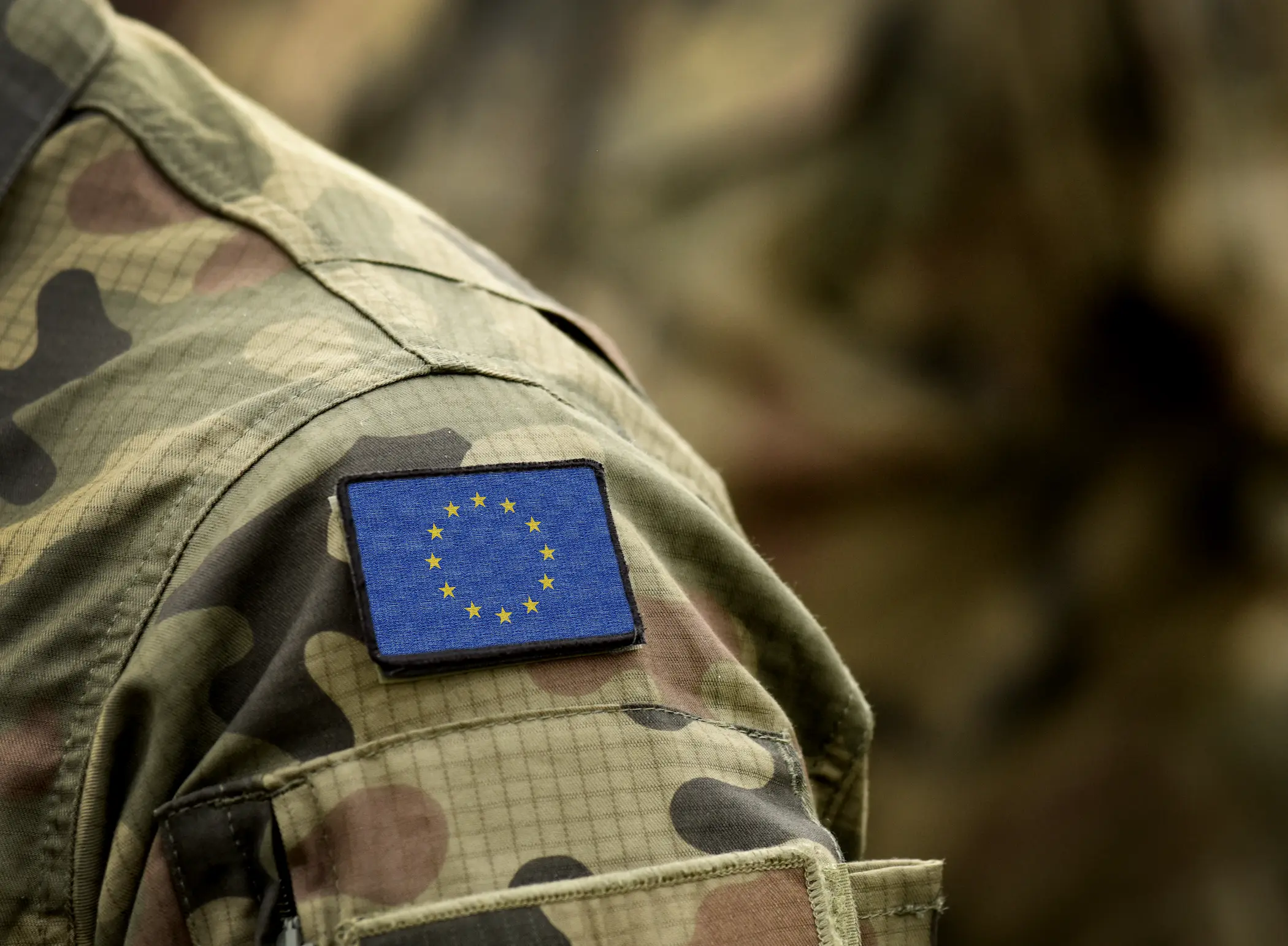



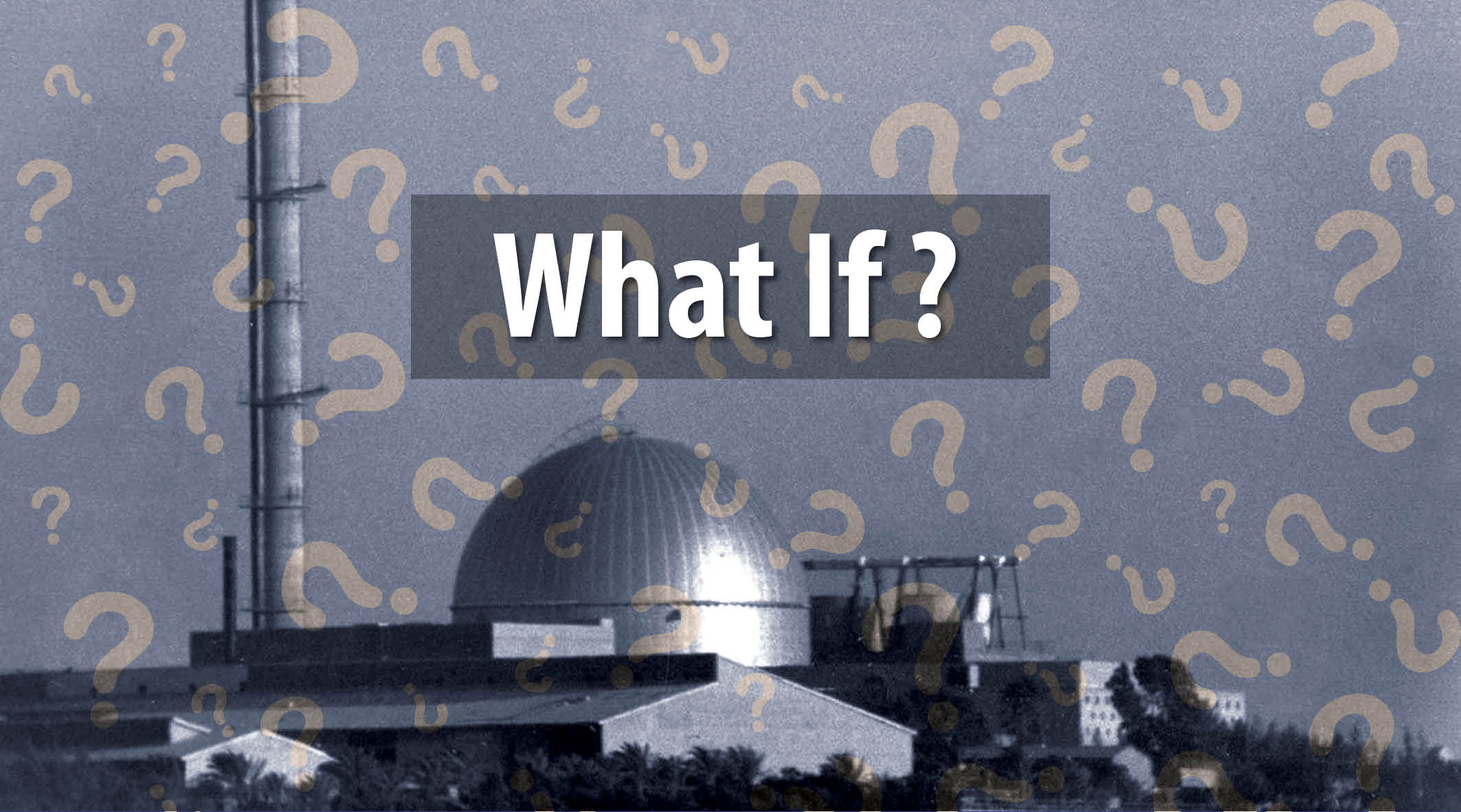
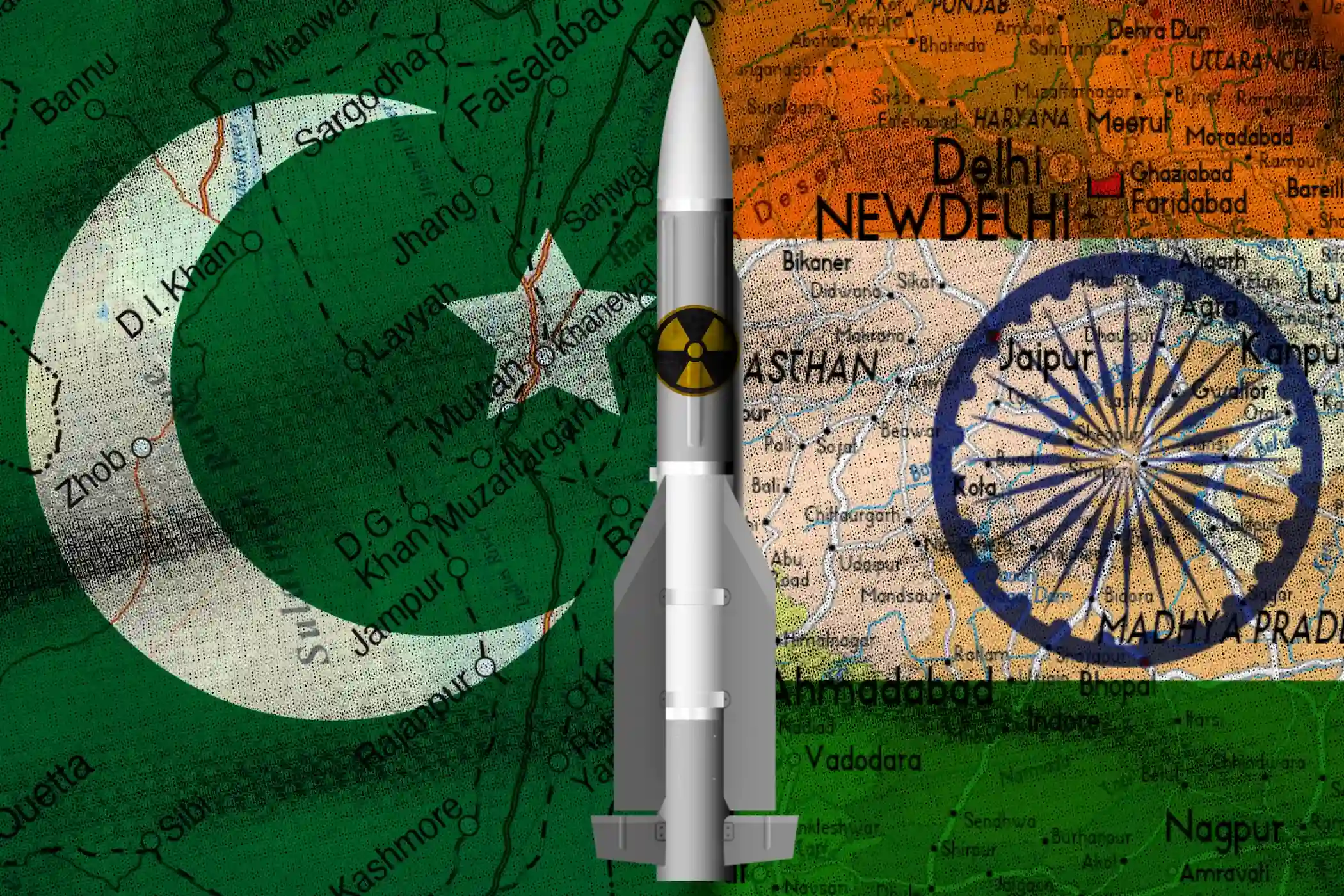

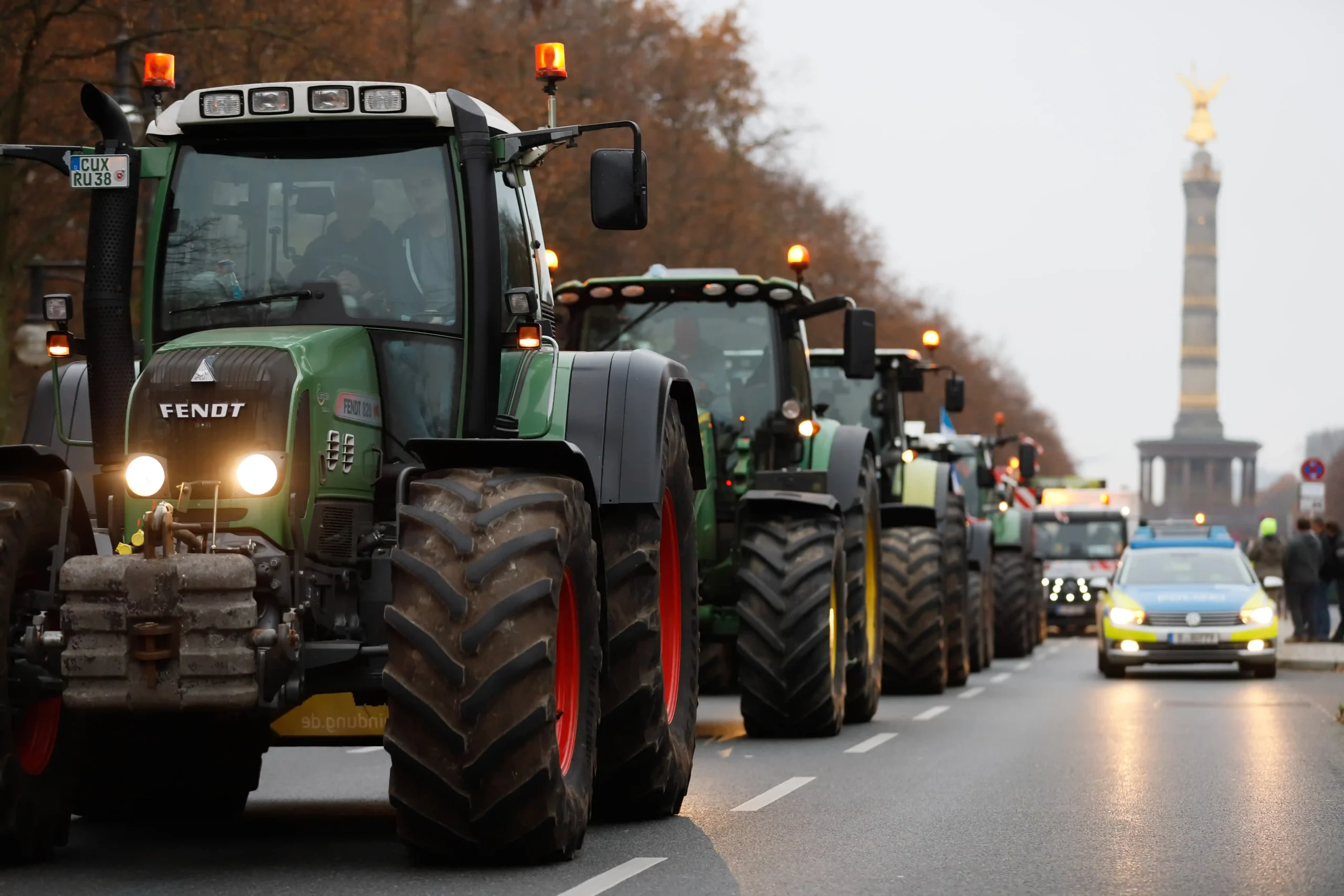
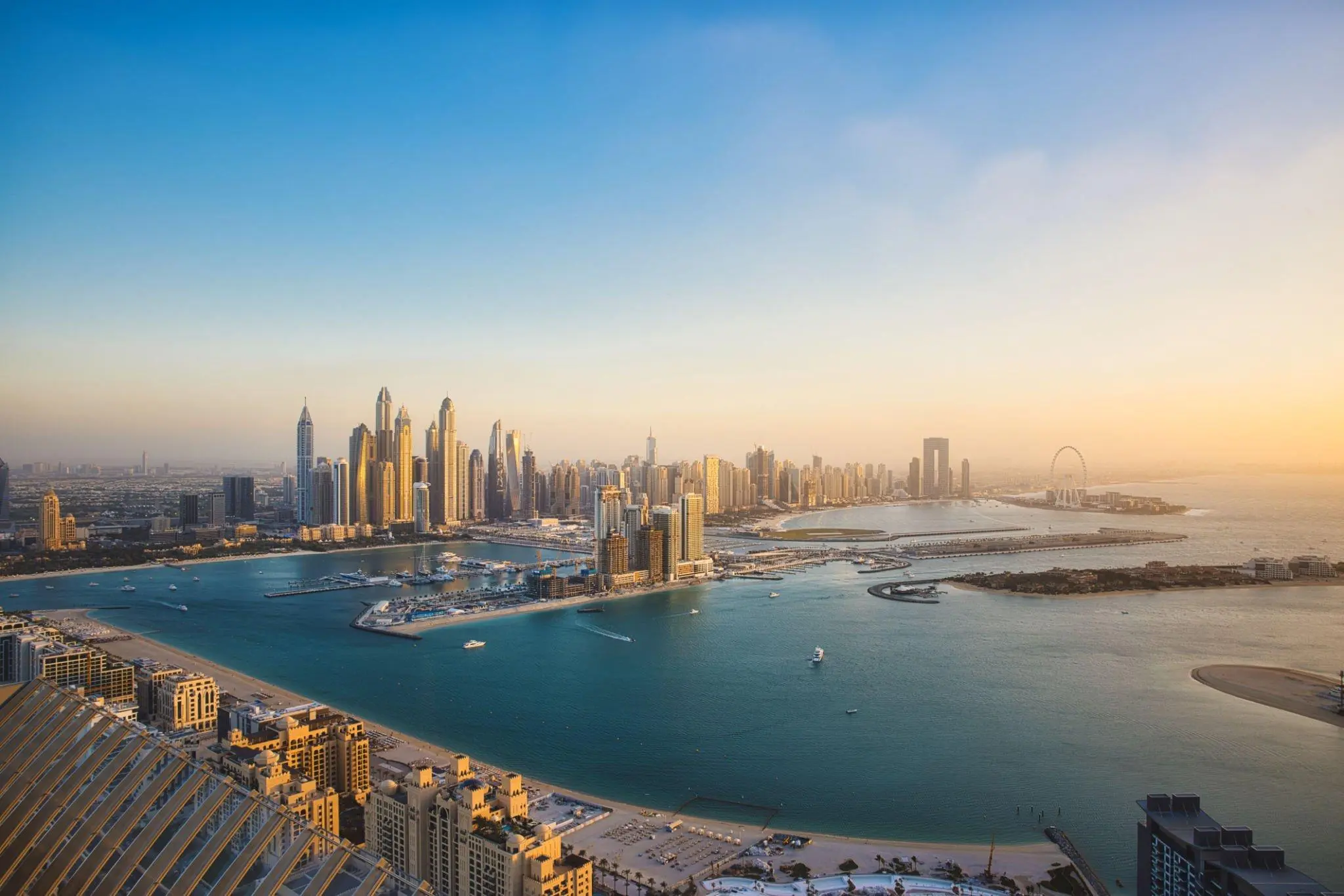

Comments